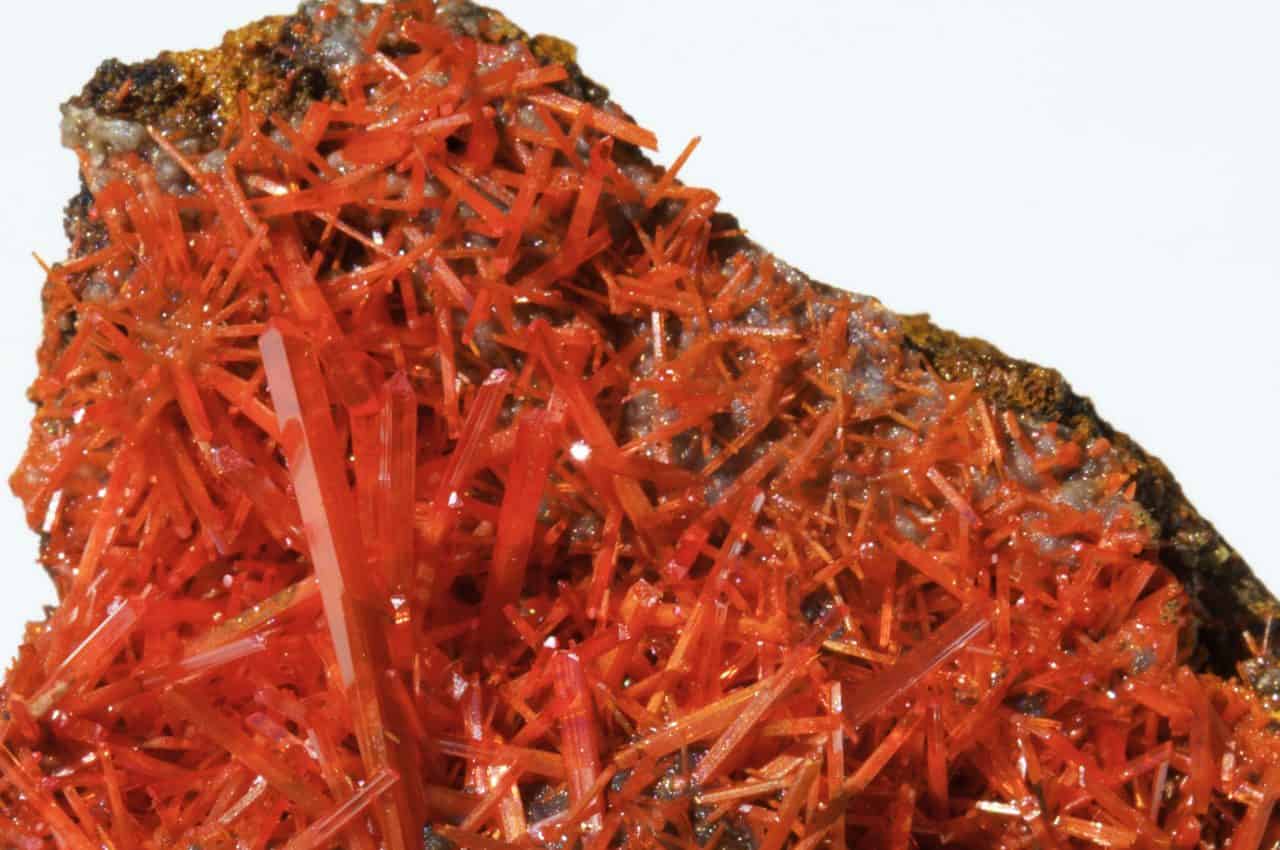

In particular, in winter, some roughage is commonly provided to preserve the rumen function and slightly increase the protein supply, but minerals are rarely added. Farmed deer are grazed on pastures that have a limited variety of grasses and herbaceous plants, which may prevent a balanced diet. Wild-living deer, which, unlike farmed cervids, have the ability to move and feed on various species of forest and crop plants, can compensate for the lack of nutrients necessary for normal growth and metabolic processes. However, deer are able to modulate mineral absorption according to their needs and reduce this process when their needs have been satisfied. It has been shown that animals may accumulate quite high concentrations of some toxic elements therefore, it is important to determine the accumulation of macro- and microelements. Some micronutrients, such as Zn or Se, may interfere with the absorption of harmful compounds, which seems to be particularly beneficial for deer. Moreover, the availability of macro- and microelements is particularly important, as these animals suffer from cyclic physiological osteoporosis during antler growth. Cervids are deemed to have attained maturity when they reach 65–70% of the average adult weight, which is determined by the availability and quality of food. In contrast, adverse conditions can significantly delay maturation even to the third or fourth year of life. Favourable environmental conditions ensure the good health of young deer and accelerate maturation up to 2 months earlier than the standard age (at 14–16 months). Previous studies have demonstrated that the early growth of fawns determines their future reproductive success and development. This is true also for deer, which have specific nutrient requirements during antler development. Therefore, their appropriate concentration is extremely important, especially in young animals. Their deficiency may weaken or even inhibit animal growth and development, deteriorate the immune system, delay sexual maturity, and lead to bone fragility, e.g., osteochondrosis and osteoporosis. Macroelements (Ca, calcium P, phosphor Mg, magnesium K, potassium and Na, sodium) as well as microelements (Li, lithium Cr, chromium Mn, manganese Co, cobalt Cu, copper Zn, zinc Se, selenium Mo, molybdenum and Sn, tin) exert a huge impact on the proper development of the animal skeletal system. On the other hand, the higher levels of microelements in the tissues of farmed animals may result from their significantly better nutritional status in the first year of life, achieved through appropriate nutrition as well as diet supplementation of adult females. Generally, the higher level of macronutrients in the bones of wild deer may be related to the higher physiological importance of these minerals for life activities in the natural environment and to the limited supply of balanced food. The obtained results indicated different levels of micro- and macro-components in the body of farmed and wild deer, though without clear and strong variations. In turn, the mean content of Mn in the bone marrow and of Mo in the bones of the animals was significantly positively correlated with the animals’ body weight ( p < 0.05). The mean concentration of Se in the bone marrow of wild deer decreased with the increase of the body weight ( p < 0.05).

In addition, the mean concentration of Cr, Mn, Cu, Se and Mo in the bones of the analysed animals differed significantly ( p < 0.05) and was higher in the farmed deer. The mean content of K, Na, Zn and Se in the bone marrow of farmed animals was significantly higher than in wild deer, whereas the mean content of Ca, P, Mg, K, Na and Li in the bones was higher in wild animals than in farmed individuals ( p < 0.05). This research expands our knowledge on this topic, which so far has not been extensively studied. The concentrations of macro- and microelements were analysed using the inductively coupled plasma mass spectrometry technique. The study was carried out on 15 young stags divided into two groups: farmed and wild animals. The aim of this study was to determine the concentrations of macro- (Ca, calcium, P, phosphorus, Mg, magnesium, K, potassium, Na, sodium) and microelements (Li, lithium, Cr, chromium, Mn, manganese, Co, cobalt, Cu, copper, Zn, zinc, Se, selenium, Mo, molybdenum, and Sn, tin) accumulated in the bone marrow and bones of deer ( Cervus elaphus).

Therefore, it is important to assess whether the diet and quality of life of deer have a significant impact on the elemental composition of bone and bone marrow, which can directly affect their health and growth. The cells of the entire body, including the skeletal system, especially of young animals, may derive from the bone marrow in which they multiply.


 0 kommentar(er)
0 kommentar(er)
